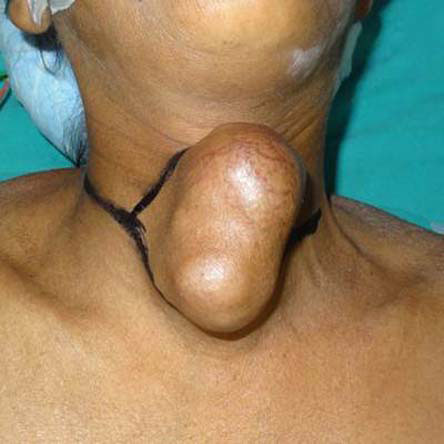Senior Consultant, Surgical Oncology & Chief, Head & Neck Oncology, Paras HMRI Hospital, Patna ( July 2014 onwards): Joined Paras Hospital to develop a world class comprehensive cancer surgery services with latest facilities in this region apart from advanced oncosurgery for head and neck cancer and microvascular free flap reconstruction.
Read MoreLorem Ipsum is simply dummy text
+91 900-705-3925
Loremipsum@gmail.com
Week Days: 09.00 to 18.00
Sunday: Closed



Larynx –
The larynx is a part of the throat located in front of food pipe. The larynx contains the vocal cords, which vibrate and make sound when air is directed against them. The sound echoes through the pharynx, mouth and nose to make a person’s voice.
Larynx includes supraglottis (uppermost part of larynx and above the vocal cords), glottis (middle part of larynx and vocal cord located) and subglottis (lower part of larynx, between the vocal cords and the trachea, windpipe.
Smoking and alcohol consumption can increase risk of laryngeal cancer many times.
Recent change in voice, persistent hoarseness in voice, sore throat, cough not relieved by treatment, painless lump in neck and ear pain are common presentation in laryngeal cancer. Laryngo-pharyngo endoscopy and CT scan suggest location and extent of disease.
Larynx-preserving treatments with RT for early-stage laryngeal cancer. Transoral laser surgery can be an excellent option for selected patients with early-stage T1 glottic cancer. However, there are no large randomized studies of RT and conservation surgery that compare local control or survival for patients with early-stage laryngeal cancer.
Functional organ preservation is recommended in stage III patients and usually involves a combination of chemotherapy and RT. laryngeal preservation surgery could be an alternative treatment option in carefully selected stage III patients.
In locally advanced laryngeal cancer, stage IVA, the traditional approach has been laryngectomy followed by adjuvant RT, resulting in a loss of natural voice production.
Surgery –
The commonest treatment for locoregional advanced disease is chemo-radiotherapy using organ preservation protocol. Surgery is for selected patients who are not candidates for or who choose not to undergo chemoradiotherapy.
Larynx preservation surgery-
Transoral Laser micro laryngeal surgery – Very useful for T1 glottic cancer, gives excellent voice outcome with short hospital stay. Also used in selected cases of recurrent laryngeal cancer as a larynx preserving surgery.
Larynx preservation surgery is used in combination of adjuvant radiotherapy or chemoradiotherapy for selected patient with a small primary tumour and large neck node.
Total Laryngectomy –
Total laryngectomy is used for bulky T4 tumour, cartilage invasion and bulky tumor with dysfunctional larynx in combination with adjuvant radiotherapy or chemo-radiotherapy.
Salvage surgery – Laser surgery is an option in selected patients of early recurrent disease which is amenable to laser surgery. Now a days, Transoral robotic surgery (TORS) is also available for selected cases of supraglottic or hypopharyngeal recurrent disease.
Conservation open laryngeal surgery in the form of partial, hemi, supraglottic, supracricoid or near total laryngectomy can be an option in selective patients of locally recurrent disease after radiotherapy.
Adjuvant Radiotherapy or adjuvant chemoradiotherapy –
Adjuvant Radiotherapy or adjuvant chemotherapy is required depending upon histopathology report.
© Copyright 2021 | Dr.Rajeev Sharan Site Supported By Universal FX Studio
